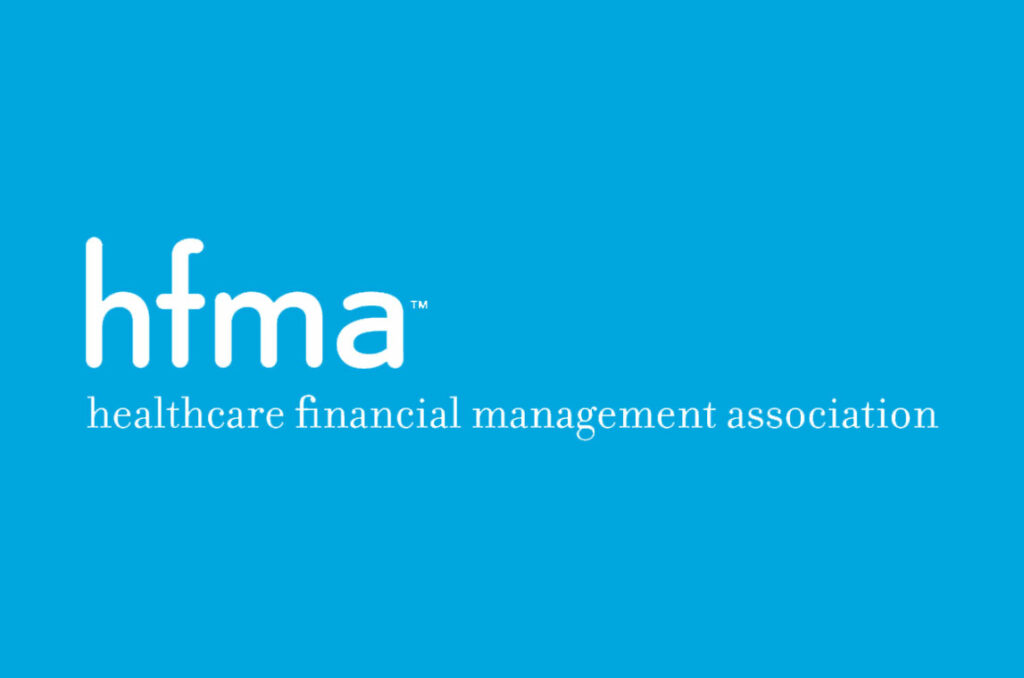Quality Improvement
The best thing about the past is that it shows you what not to bring into the future.
Have you hit your quarterly targets?
The best thing about the past is that it shows you what not to bring into the future. Have you hit your quarterly targets?
Is your current plan on track? Is it time to reassess your plan? Have your partnerships positioned you for further growth?
Maximize people, process, and tools for peak organizational performance.
Establish a Quality Improvement program and position your company to meet a value
based payment model. Shared-Savings/Shared-Risk – The objective in the transition to a
value-based payment (VBP) model is to support and achieve integration of care, with a
stronger focus on prevention, wellness and population health management. Identifying
trends to predict outcomes can determine which processes work and which do not.
The focus is on the patient’s care and how well a coordinated care team can improve patient
outcomes based on certain metrics. We are a people driven industry that should aim to
meet high end Quality Targets. The efficiency of processes and the use of technology are
integrated within an organization to support and drive positive outcomes.

Assess the entire operation to standardize processes and structure to reduce variations, achieve predictable results, improve outcomes for patients/clients, and your organization.
We identify trends to predict outcomes and determine which processes work and which do not. Utilize Quality Improvement (QI) interventions of areas for improvement and change your performance. We focus on impacting the quality of care and how well a coordinated care team can improve patient outcomes based on certain metrics. What is your value proposition? Demonstrate your services
Use this data to systematically improve the way care is delivered to clients. Improving
patients’ results has implications that extend to the community — and even to a hospital’s
or practice’s bottom line.
How will you monitor and control costs?
We aim to improve how things are done through
utilizing QI information and incorporating it into process improvement measures.
We will provide a list and prioritize improvement opportunities. Define the improvement
objectives. Define the requirements. Collect and organize data. Select the root cause.
Generate potential solutions. Select the best solution. Implement the solution and evaluate
the result. Process Improvement (focus on administrative systems performance) is a systematic
approach to problem solving related to the assessment, analysis and improvement of
organizational processes. We identify the root causes of a performance issue in your
organization and implement solutions to resolve that issue, and help ensure that
solutions are suited to the problem at hand.
We help your organizations be more efficient when identifying processes that need
improvement. You first identify the problem (plan), create and implement a solution (do),
evaluate data for effectiveness (check) then document the final results and implement the
plan if it’s successful (act).
One of the best examples of process improvement projects centers around waste.
Specifically, if you can identify and eliminate areas of waste within your processes, you
can save time and produce higher quality end results, combat redundancies in processes
that lead to project delays, employee demoralizing, and productivity decline. It starts with
a focus on defining the business requirements of a process rather than contemplating the
technology to overcome the obstacles.
Process improvement tools are techniques and methods to be used by organizations that
will drive improvements in quality and performance, targeting the processes of a
business. Tools are ineffective unless they are supported by the right people who follow
the proper procedures.
What do your logs mean? Regulatory tools that we review to assist to address
patient/client needs, educating your staff and ….
We perform a system-wide gap assessment. Findings may be the product of more than
one root cause. Identify all workable solutions to a problem. We are thorough when
defining the problem. Establish a plan to close existing gaps. Systematically improve the
way care is delivered to clients.
Processes can be measured, analyzed, improved, and controlled. We create efficiencies
and address the needs of customers. Improve clinical outcomes and compliance.
We assist you in driving performance improvement using business intelligence tools.
Providing data transparency and focus on relevant needs to drive efficiency and
effectiveness to improve care results.
We will assess, analyze, design, execute, and evaluate current performance.
Find a solution – Measure and manage – Establish interdepartmental flow – Execute –
Control processes – Evaluate – Monitor and adjust accordingly.
How do we do this? Analyze data. Break the process or task into steps and identify weak
points in the process and the reasons for these inefficiencies. Redesign. Change the steps
in the process to eliminate the weak points. Implement. Put the new process into place.
Key Points
- Map the process.
- Analyze the process.
- Redesign the process.
- Acquire resources.
- Implement and communicate change.
- Review the process.
The aim is to eliminate weak points or bottlenecks in business operations. By identifying
those weak points, you help your business: Reduce process completion time. Improve
process efficiency and quality.
The continuous study and adaptation of the functions and processes of a healthcare
organization to increase the probability of achieving desired outcomes and to better meet
the needs of patients
We identify opportunities and implement measures designed to improve the quality of
patient care as well as organizational performance. The first step in developing a
performance improvement project is identifying and prioritizing area(s) for improvement.
You should review all aspects of your agency, including clinical care processes,
non-clinical processes, and regulatory requirements. While reviewing these areas, pay
close attention to topics that are meaningful and address the needs of both patients and
staff.
The continuous study and adaptation of the functions and processes of a healthcare
organization to increase the probability of achieving desired outcomes and to better meet the
needs of patients.
Reduced hospital readmissions. Improved electronic medical record documentation.
Adopting transformational performance improvement approaches and techniques
translates into better patient outcomes and patient experience and better, more efficient
operations.
Improved performance from employee training can reduce staff turnover, lower
maintenance costs by reducing equipment breakdowns and result in fewer customer
complaints. Better performance from employees typically creates less need for
supervision and brings increased worker output.
Above information could be incorporated in your business operational plan to determine both clinical and business strategies.




